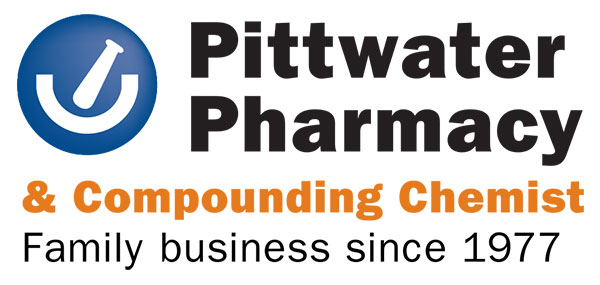Heart Health What you eat, how much you move, whether you smoke, and controlling your cholesterol and blood pressure can have a big impact on your heart. Heart healthy diet This doesn’t focus on one type of food or nutrient, but rather on what you eat over days, weeks and months. This style of eating […]
Uncategorised
Migraine
What is a Migraine? Migraine is a neurological condition that can cause multiple symptoms. Symptoms may include nausea, vomiting, difficulty speaking, numbness or tingling, and sensitivity to light and sound. Migraines can begin at any stage of life, and are more prevalent in females compared to males. Family history is one of the most common […]
Helicobacter Pylori
Helicobacter Pylori Helicobacter pylori (H. pylori) is a bacteria that can infect your stomach. It is a common condition that is present in more than half the people in the world. Most people with a H. pylori infection will never have any signs or symptoms. It appears that some people may be born with more […]

Heart Sounds & Murmurs Exam
The cardiac examination is rich with tradition and time-honored techniques. Increasingly, there is evidence for the predictive value of the dynamic cardiac exam.
